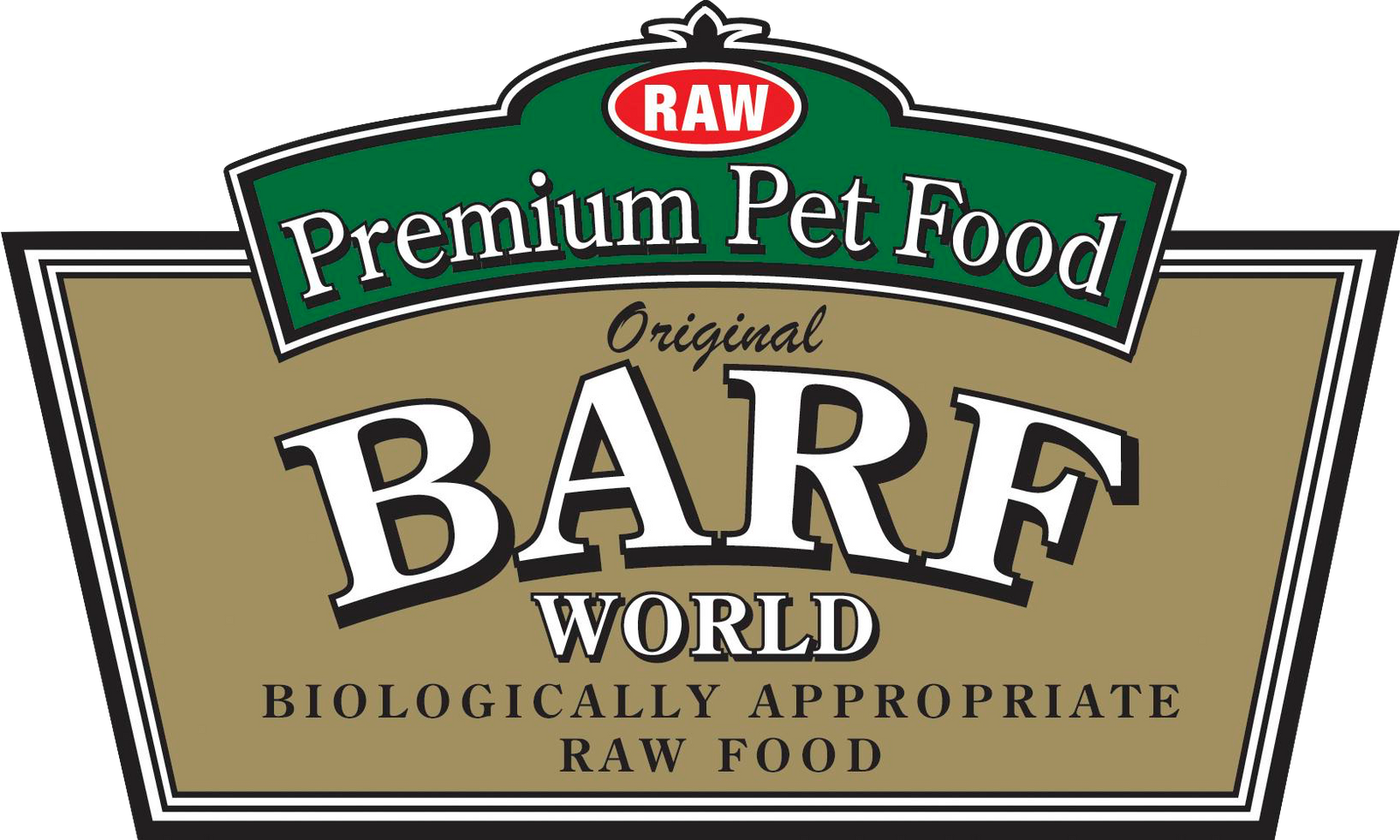There are different components
There are two kinds of amino acids; those able to be made from diet components, and those required in a pre-formed diet. These are called essential (meaning they must be in the diet) and nonessential (can be made by the animal itself from other ingredients in the diet). The more essential amino acids there are in a protein, the higher the protein’s nutritional value.
For example, the protein in eggs is very high quality. This stands to reason, as an egg must become a complete creature without any further input. Egg protein has a high level of essential amino acids. Milk protein is high quality, also logical, as milk is the sole nourishment for a young mammal.
It’s all about the quality
All proteins can be ranked for quality based on the amount of their essential amino acids. This ranking is referred to as “Biologic Value”. No protein contains more essential amino acids than egg protein, so egg protein is arbitrarily considered 100, or the best. Milk protein is ranked at 93. Beef and fish are 75. A Biologic Value of at least 75 is required to support the growth of young mammals. Most plant proteins are ranked below 75, animal source proteins are 75 or higher. Therefore diets strong in animal source proteins are going to be of higher biologic value.
It is possible, by careful formulation, to blend different proteins and achieve a sum that is higher in value than any one ingredient. This is what pet food formulators do… hopefully.
When all you know is the amount of protein stated on the bag, it is not possible to assume anything about the quality of that protein. If a pet food’s major ingredients are quality animal protein sources, it is safe to assume it is better protein quality.
By Dr. Richard Patton




